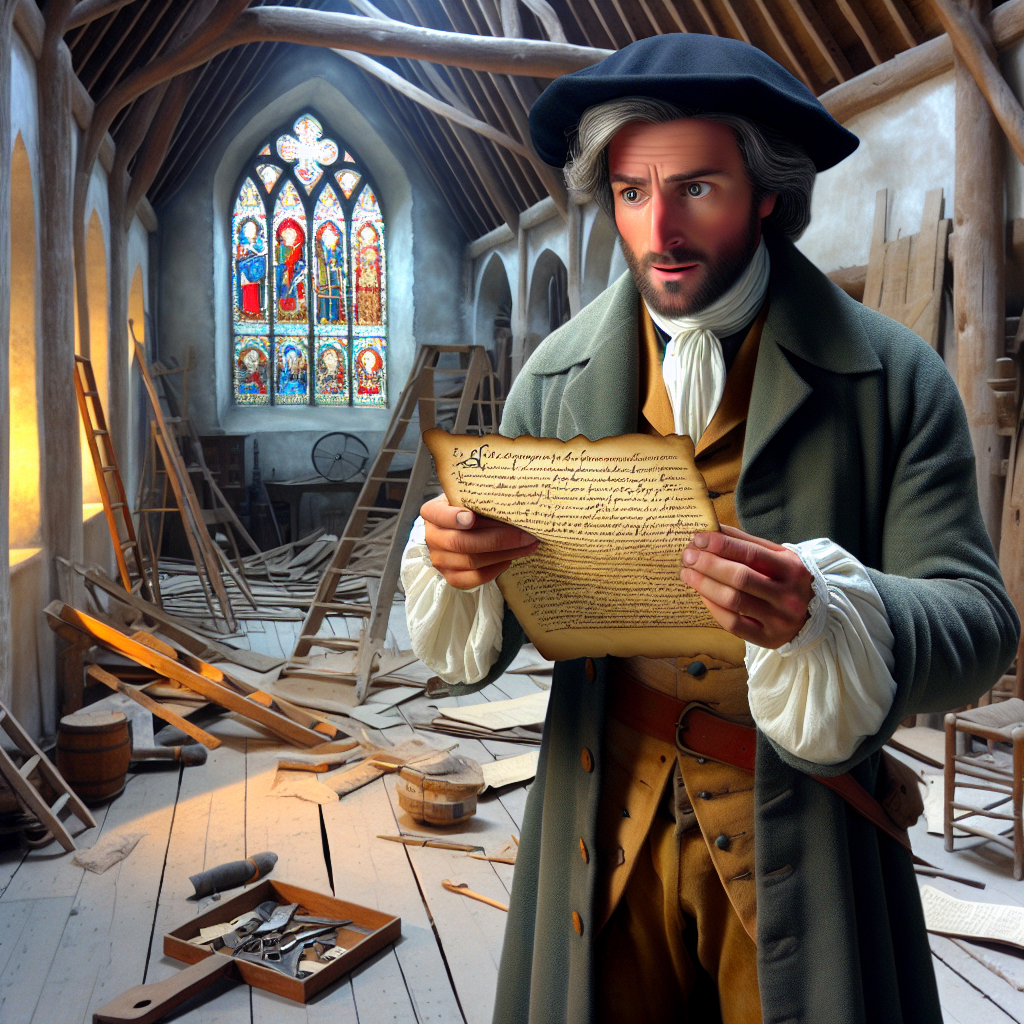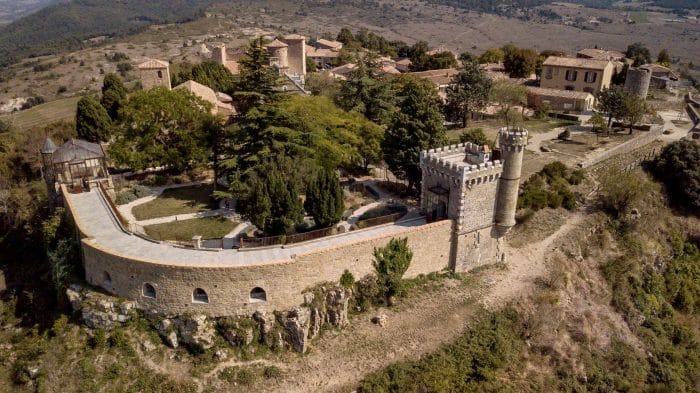Who the Hell was... Bérenger Saunière?

Bérenger Saunière (1852–1917) was a French priest who became famous for suddenly amassing a fortune after arriving in Rennes-le-Château in 1885. With his newfound wealth, he lavishly renovated his church, the Church of Saint Mary Magdalene, and built the striking Tour Magdala—an extraordinary feat for a poor village priest. The source of his wealth has sparked endless theories, from buried treasure and secret parchments to more mundane ideas like selling prayers for the dead. He walked around picking up pebbles, collecting some. No one had any idea why he did this only after he had submitted his findings to the Vatican.
The story blew up after the 1982 book The Holy Blood and the Holy Grail linked Saunière’s discoveries to legends about Jesus’ bloodline, Mary Magdalene, and the secretive Priory of Sion—an influence that inspired Dan Brown’s The Da Vinci Code. During renovations, Saunière allegedly found hidden parchments with coded messages, possibly pointing to treasure or secret lineages. When he was renovating the altar, he apparently found a hollow space with parchments from the 8th century. Once these were found to be authentic, he took them to Rome, to the Vatican, only to return and go a little "crazy" to his parishioners.
His church was soon renovated and filled with bizarre and provocative imagery, including a statue of the demon Asmodeus—guardian of secrets—supporting the church’s holy water stoup. Some believe Saunière altered the church into a symbol of hidden knowledge, linking it to the Knights Templar, whose historical presence in the region fuels theories of secret treasures and Templar secrets buried in the area. The landscape itself, some claim, is aligned with sacred geometry, hinting at ancient knowledge encoded in the layout of sites around Rennes-le-Château.
Saunière’s life ended with a stroke shortly before his death in 1917, and the story goes that he couldn’t speak afterward, leaving his secrets hidden with his housekeeper, Marie Dénarnaud. She claimed to know “the great secret” but took it to her grave. The legend of Rennes-le-Château continues to captivate—a tangled web of fact, legend, and conspiracy wrapped in the mystery of a humble priest who may have known the greatest secret of all. I have made two pilgrimages to Rennes-le-chateau, exploring everything within reach, but nothing stands out as much as this iconic first chapter in The Holy Blood and the Holy Grail (which was written by three academics who went to find the lineage of Christ. A theory states that Jesus and Mary Magdalene might be buried beneath the area in the mountainside.
Wikipedia: Rennes-le-chateau

For my articles in this series, visit or bookmark the following;
Brent Antonson: Where Extraordinary Recall Sparks Insight.
